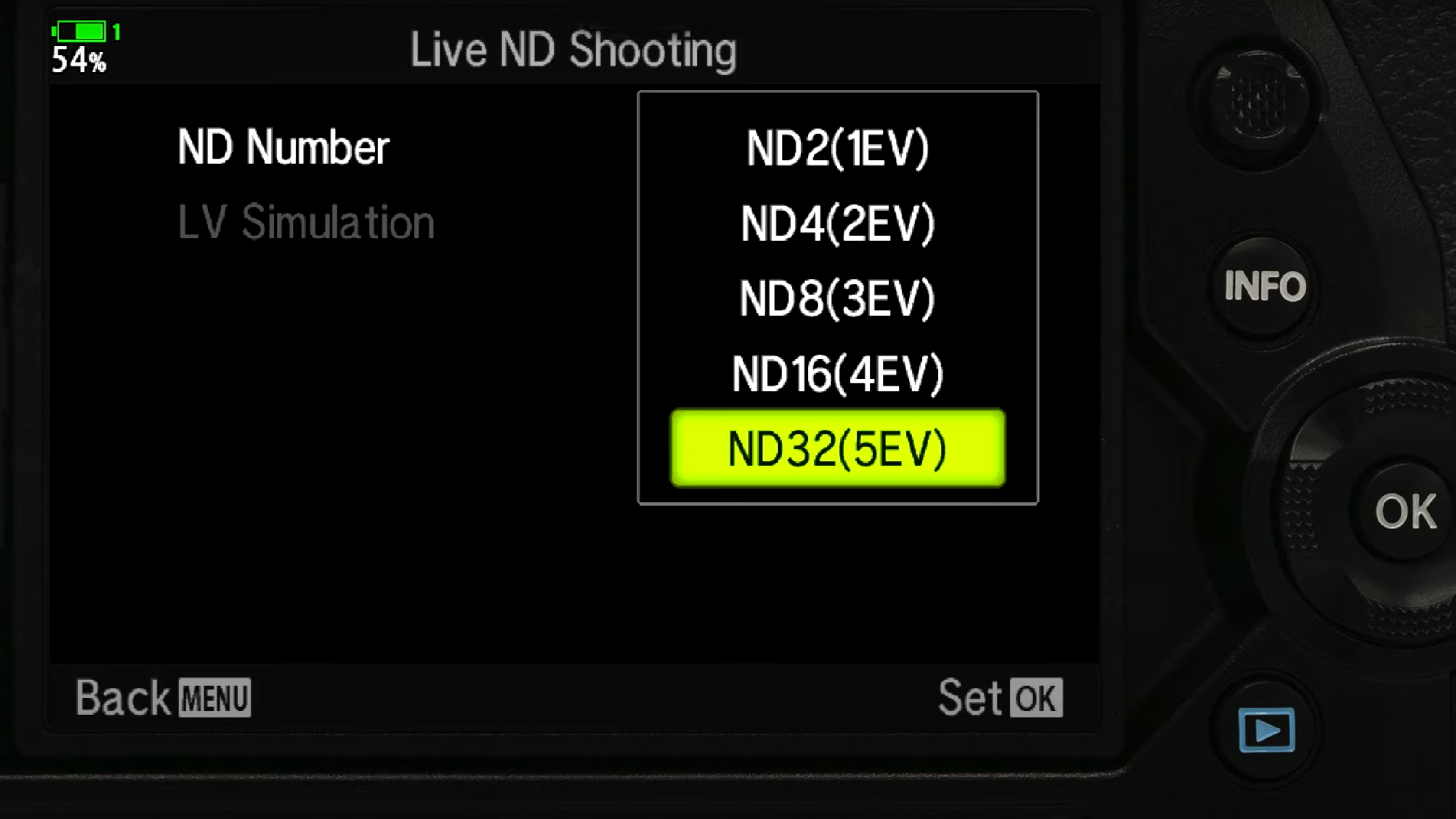If you've seen a camera-loving friend gently whimpering today, it's likely because they heard the news that Olympus cameras are officially finito – instead, from today new models will be released under a new 'OM System' brand.
This news isn't a huge surprise. The sans-serif writing has been on the wall for the Olympus name and logo since the camera business was sold to a Japanese investment fund, JIP, back in June 2020. Since then, we've seen the arrival of new lenses and the lovely Olympus PEN E-P7 – but that camera will sadly be the last one to ever bear the Olympus name.

Despite the inevitability of this news, it's still something of a blow to camera fans. Olympus has been making cameras and lenses since 1936, including some real stunners that include the Olympus Pen F in 1963 and the Olympus OM-1, which was the smallest and lightest 35mm SLR camera in its day.
This means Olympus cameras are tightly woven into the history of photography. For example, legendary portrait photographers like David Bailey and Jane Bown were both big fans of the OM-1. So while the big bombshell news about Olympus' sale came last year, today's official end has a certain finality that's triggered a deluge of 'my first camera' stories across social media.
- These are the best mirrorless cameras you can buy right now
Leveling up
So what now, other than trawling eBay for a mint Pen F? Well, it isn't all bad news – to soften the blow, the OM System brand has promised that it's "currently developing a new interchangeable lens camera" for the Micro Four Thirds system that will "bring photography to the next level".
Quite exactly how it will achieve this is unclear, but the key phrase in OM System's statement about the incoming camera is that it will improve image quality "through the use of computational photographic technology". Yes, computational photography – the very thing that arguably killed the Olympus brand in recent years, thanks to the pioneering work of pesky smartphones.
Last year, Olympus actually pointed to "rapid market shrink caused by the evolution of smartphones" as the main reason for its exit from the camera business. So perhaps its spirit is planning to possess OM Systems to exact a form of computational vengeance. And this isn't quite as unlikely as it may sound.


Before phones like the Google Pixel 4 took computational trickery to the next level, Olympus had been pioneering early forms of this tech like 'Live ND'. Traditionally, photographers have needed 'Neutral Density' filters to create long exposure styles like wispy waterfalls, but 'Live ND' composited multiple images in-camera to create the look of a slow shutter. Sound familiar?
That wasn't the only software-based trick Olympus pioneered either, with Starry Sky AF and Handheld High Res shot mode (on the Olympus OM-D E-M1X) also much-loved among Olympus fans. Again, the latter composited 16 images (taken in under a second) inside the camera, to create a high-res shot without the need for a tripod.
Sensor adventure
A bottleneck on later Olympus cameras was their reliance on old sensors, but there are reasons to believe this could change under OM Systems.
Even as recently as 2020, new Olympus cameras were using a 20MP Four Thirds sensor that came out in 2016. This simply wasn't enough to continue pushing the computational envelope when it came to new software features that smartphones were pioneering like Night Mode.
But in recent months Sony has revealed a new 21MP Four Thirds (called the IMX472) that has a stacked design. Stacked sensors are becoming the default in new full-frame cameras because they can deliver the read-out speeds needed for lightning burst-shooting speeds and reduced rolling shutter (the 'jello' effect) in video.

Sure enough, Sony's new Four Thirds sensor can read the 21MP sensor at 120fps, which is twice the speed of the current ones. Could this sensor also help power the new forms of computational photography that OM Systems are hinting at in today's release?
It's a bit too early to tell, but one thing's for sure – Olympus cameras may be no more, but their pioneering spirit does have a chance of living on with new Micro Four Thirds cameras and technology. Throw in some improved connectivity (or maybe even a SIM-card slot), and they could even give smartphone shooters a comfortably familiar shooting experience, only with larger sensors and better lenses. Now that would be the sweetest revenge for Olympus.
- These the best cameras in the world right now
from TechRadar - All the latest technology news https://ift.tt/3vQbj2g
No comments:
Post a Comment